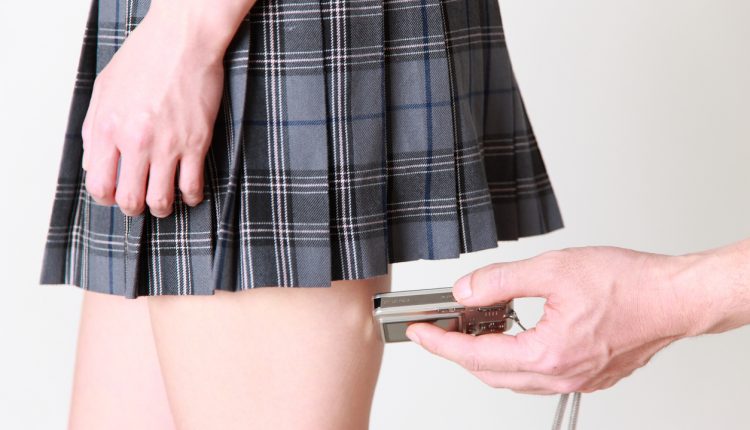Will ‘Upskirting’ Become Illegal?
Two new offences will be created when the Voyeurism (Offences) Act 2019 comes into force in April.
Below Ben Lawrence, barrister at St John’s Buildings, comments on how ‘upskirting’ will become an offence, when the Voyeurism (Offences) Act 2019 comes into force in April.
Firstly, if an individual operates equipment beneath another person’s clothing with the intention of enabling themselves or another to see the person’s genitals, buttocks or underwear, this will be classed an offence. Recording an image beneath another person’s clothing, which is of the genitals, buttocks or underwear, will also be illegal. For each offence, the other person must not consent, and the offender must not reasonably believe that they consent.
An important factor in the prosecution of each offence, is that the ‘upskirting’ action must be for the purpose of the offender or another obtaining sexual gratification, or for the purpose of humiliating, alarming or distressing the victim.
Currently, the number of ‘upskirting’ incidents reported to and recorded by the police is modest, although that is likely a result of the lack of a specific offence and consequent police practices. The most likely scenarios in which offences will be reported are either a victim catching the offender in the act, probably in a busy public place such as a festival or a nightclub, or a victim becoming aware of images of themselves circulating on social media. The sad reality is that most victims will continue to be unaware of the offence committed against them.
If an individual is caught red-handed and immediately reported to the police, then the evidence is likely to be strong. If an image has been recorded and is recovered by the police then there will be powerful evidence of guilt. If an image has not been recorded but the individual has specialised recording equipment, such as a camera embedded in a shoe, then again the evidence will be clear. Even where a phone was used but no image had yet been recorded, a charge would be brought on the basis of the complainant’s account.
It is conceivable that an offender might argue it was not an image of the complainant, or that they believed they had consent to record the image. In such cases, it would be open to the complainant to identify the image as themselves. Even were they not able to, the inferential case would be strong.
With the example of a victim who encounters an image of themselves on the internet, the key evidence will be proof that it is an image of the victim, and proof that it was the suspect who recorded the image. It is conceivable that identification may be difficult to prove to the criminal standard, and might involve some embarrassment, although if the timing and circumstances of the recording could be established there may be powerful supporting evidence. Recovery of the original image, or at least its metadata, may be crucial to proving who recorded the original image. Failing that, if the sender or distributor of the image can be identified, they could be prosecuted for the offence of disclosing a private sexual photograph with intent to cause distress – otherwise known as ‘revenge porn’.
If identification of the alleged victim and offender can be proved, the most likely defence that will be run is that the alleged offender did not have one of the requisite intentions. A paparazzo, for example, might argue they intended to sell the image, rather than use it for their own sexual gratification. However, if they intended that another person would obtain sexual gratification, such as the viewer of publication to which they sold their photograph, then they would still be guilty.
A defendant might argue that an image was recorded as ‘banter’ amongst their friends or ‘for a laugh’. This was expressly considered by the House of Commons and a proposed amendment to remove the requirement to prove purposes was withdrawn. It was argued by the Under-Secretary of State for Justice, Lucy Frazer, that “if the person knows that the laugh is for the purpose of humiliating the other person, they will be caught.” She was of the view that “it does not really matter whether the victim knows about that humiliation.”
However, it is difficult to see how the purpose could be to humiliate, alarm or distress the victim if it was never intended that they be aware the recording was taking place or of the existence of the image. The recording of the image may be inherently humiliating but unless the victim is aware, they could not have been humiliated.
Whilst the circumstances in which the defence could be run may be narrow, and one would expect magistrates or a jury to use their common sense, it is conceivable that a drunk defendant who had been in company with friends might successfully argue that they took an upskirt photograph for a dare or to show bravado, with no intention that the victim be aware of the taking of the image or that it ever be distributed outside the circle of friends.
Despite that possibility, the new legislation is likely to capture the vast majority of offending as intended.




